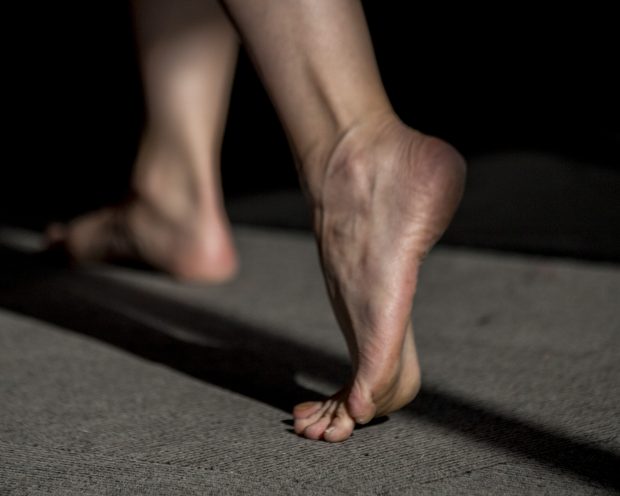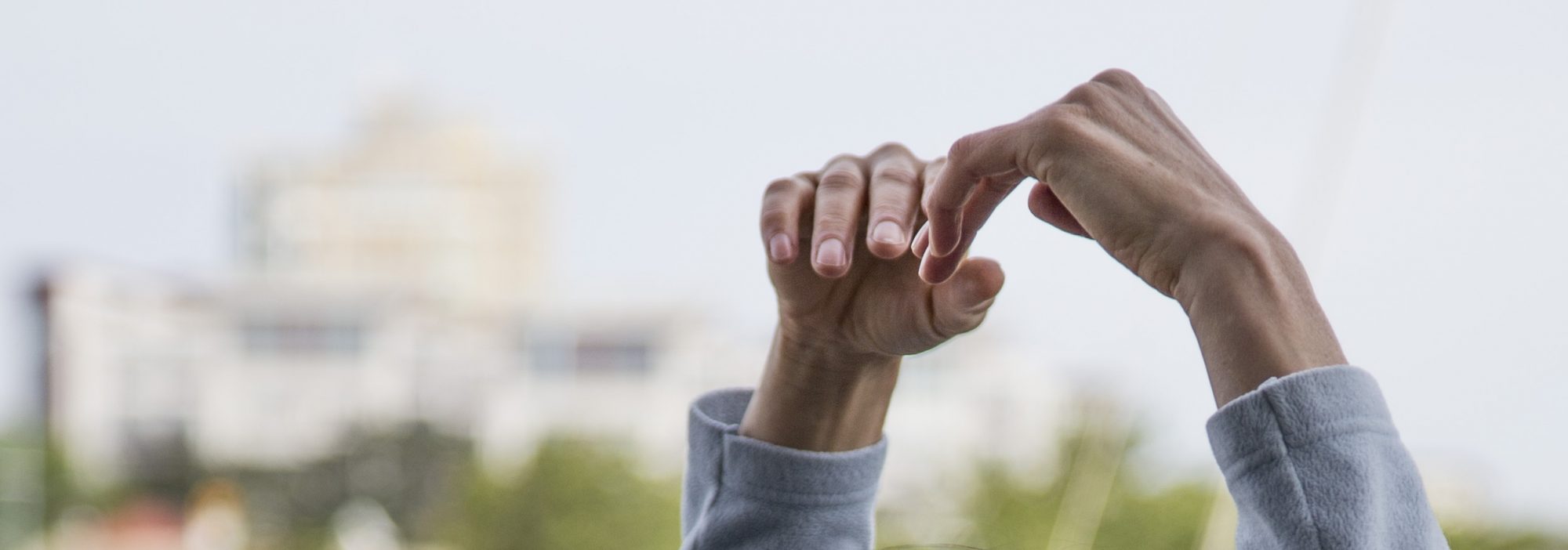What does the BrainDance do?
 The BrainDance is a practice I engage in with children and adults. It promotes a fun way to interactively move and sometimes sing. I studied with the creator of the BrainDance, Anne Green Gilbert, in Seattle, Washington. Her description from the Creative Dance Centre website follows. It is not only a tool for warm-up in dance classes, it is a vital component to the healthy well being of children as they navigate learning systems that may or may not include movement as a priority in activities.
The BrainDance is a practice I engage in with children and adults. It promotes a fun way to interactively move and sometimes sing. I studied with the creator of the BrainDance, Anne Green Gilbert, in Seattle, Washington. Her description from the Creative Dance Centre website follows. It is not only a tool for warm-up in dance classes, it is a vital component to the healthy well being of children as they navigate learning systems that may or may not include movement as a priority in activities.
I teach BrainDance workshops to educators – it can provide a valuable understanding of how physicality affects our brains as well as initiating movement for a group that is calming and supports feelings of being grounded.
Supporting Healthy Brain Development
The BrainDance replicates the series of physical patterns healthy human beings move through as infants. Repeating these movements with preschoolers in a fun and interactive way promotes optimal organization of their central nervous systems. Educators can share exercises and nursery rhymes with children to encourage their brains to operate at their full potential by filling in missing “gaps” in their neurological system. These gaps occur with all children, but can be more pronounced if there has been birth trauma, illness, environment, head injury or not enough tummy time as infants. They are a form of neurological dysfunction and may later appear as learning disabilities, behavior disorders, memory problems, sleep disorders, speech, balance or filtering problems and a host of other difficulties that may disrupt healthy development.
The Benefit of Physical Activity
In addition to supporting intentional healthy brain development, the BrainDance provides children several benefits associated with physical activity. Deep breathing and aerobic exercise are essential for a fully functioning brain and body. Deliberate intake of oxygen reduces stress and brings flow and ease to all forms of movement. Increased blood and oxygen in the brain improves a child’s ability to stay focused. Core muscle support is enhanced when the child’s visceral and muscular systems re-experience their early baby movement patterns. When these patterns are done in succession through the BrainDance, children experience a wholeness, aliveness and connectivity through their bodies. This is often referred to as mind-body integration and it helps humans cope with the world in an embodied way. These patterns are the foundation for all movement. Separating them out makes the children’s bodies more aware of each pattern. Repeating the patterns with children allows them to:
- establish internal and external gradated rotation in proximal joints
- lay the foundation for clear alignment in the upper and lower body
- engage in beneficial use of scapula and arms, and
- engage in beneficial use of turn-out and rotation in the hip socket
Educators who regularly engage in the BrainDance with children may correct flaws in a child’s perceptual process and reorganize the central nervous system to better develop proprioception, balance, attention, memory, eye-tracking, behavior, sensory integration and motor skills.
Most important- the BrainDance is fun!
The BrainDance is copyrighted by Anne Green Gilbert.
http://creativedance.org/about/braindance/
